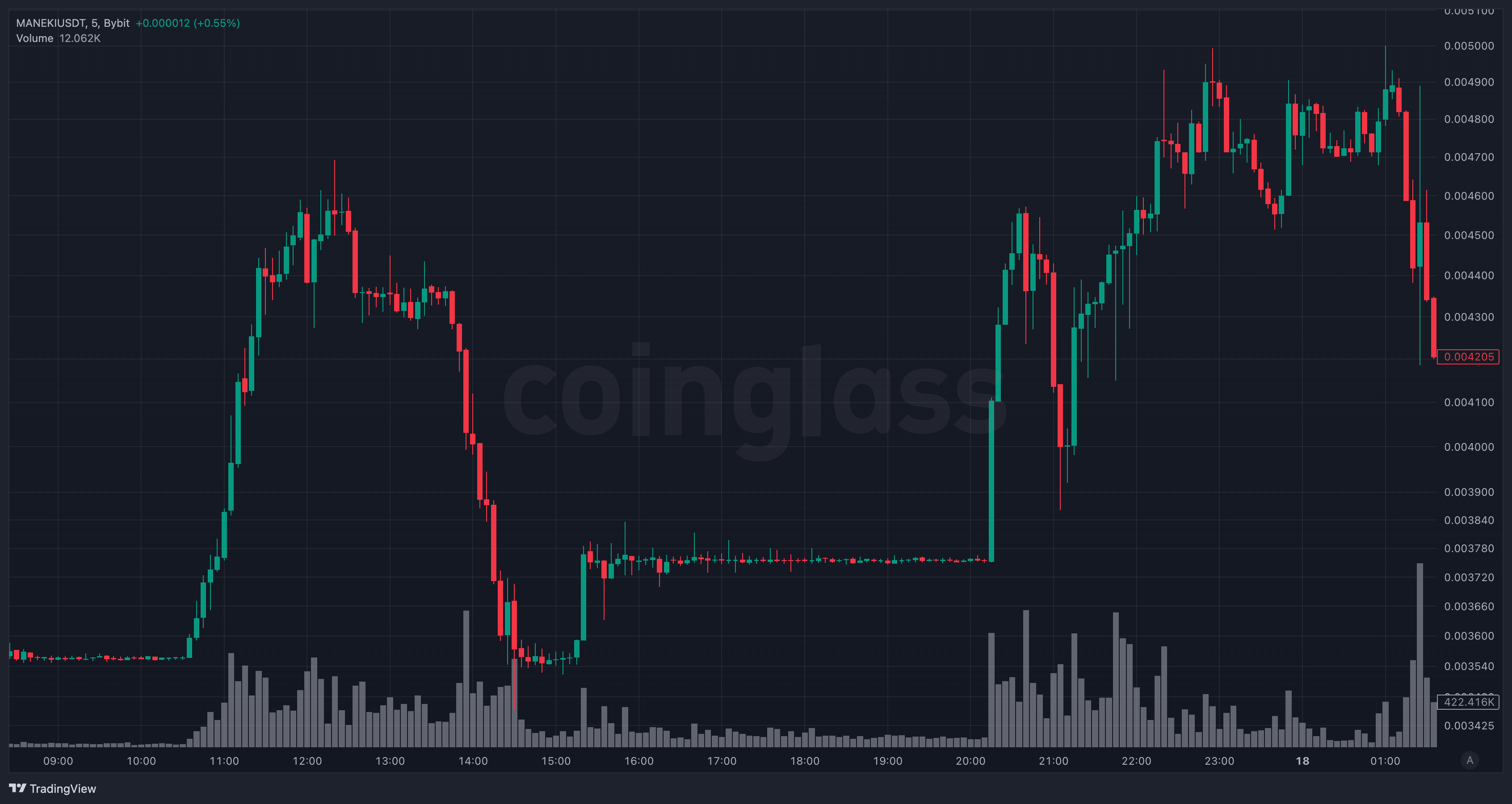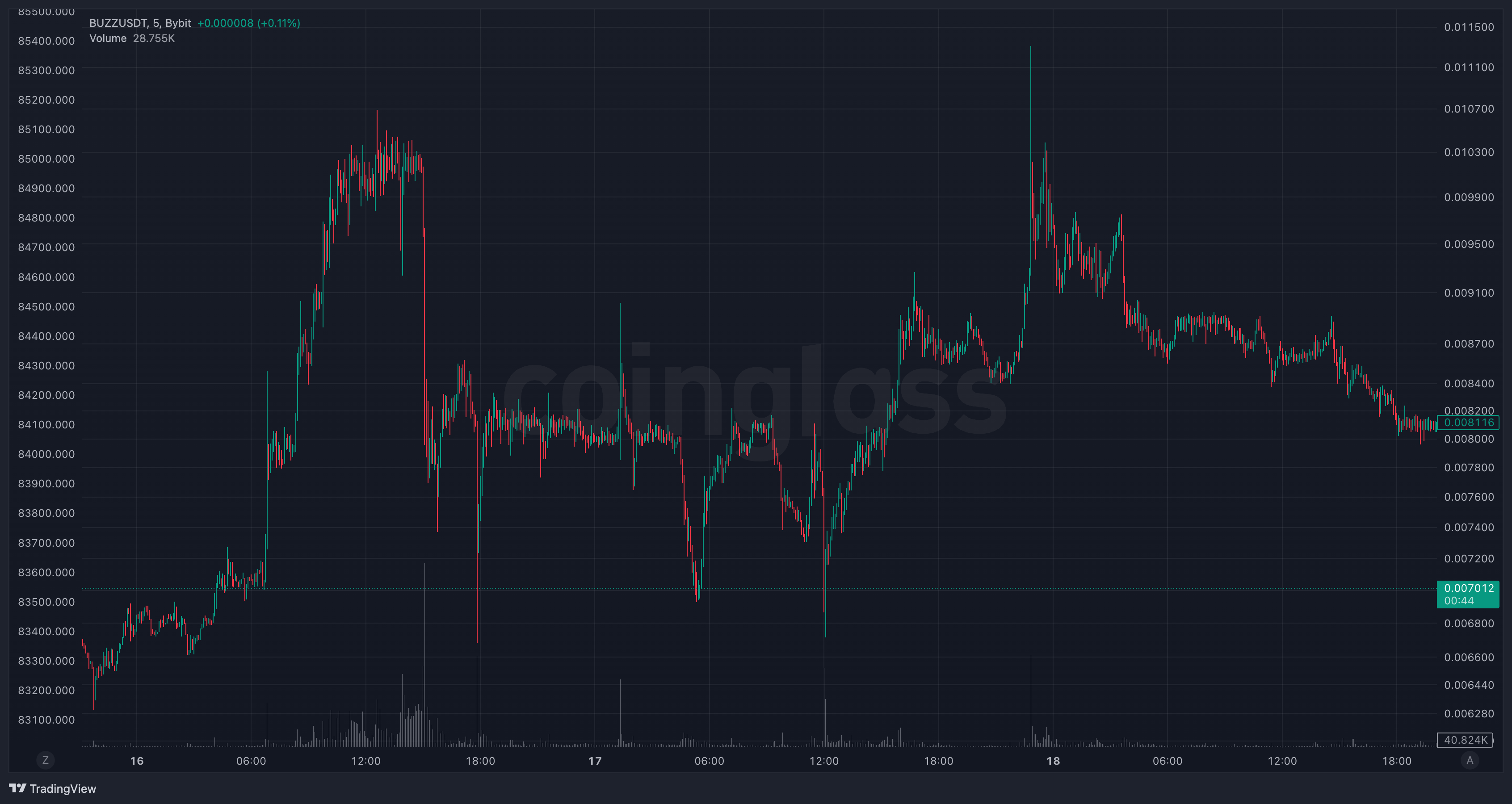Mastering the Grid Strategy in Crypto Trading (2025 Edition)
Discover the pros, cons, and technical setup of the crypto grid strategy for position building. Learn when and how to use it to boost your trading edge.
🧩 What Is a Grid Strategy in Crypto Trading?
In crypto trading, the grid strategy refers to placing multiple buy (or sell) orders at incrementally lower (or higher) price levels around a central point. This technique helps traders build a position more flexibly, especially during volatile or uncertain market conditions.
Used wisely, a grid can turn market chaos into calculated opportunity. Used poorly… well, that’s when things go south fast.
✅ Pros & ❌ Cons of the Grid Strategy
✔️ Advantages
- Smarter entries: Averaging into a position when the price deviates temporarily from your forecasted trend.
- Short-term recovery potential: Increased chance of turning a profit during short-term price spikes or liquidation squeezes.
- Emotional buffer: Reduces the stress of nailing the perfect entry point — because you’re entering in chunks.
⚠️ Disadvantages
- Risk amplification: If your bias is wrong, you’re compounding losses.
- Strict discipline required: Without solid risk management and predefined stop-losses, you’re exposed.
- Not one-size-fits-all: Success heavily depends on the trader’s skill, market conditions, and timing.
“Grid trading can turn a choppy market into a trader’s playground — but only if you bring your safety net.” — Veteran Crypto Trader
🔧 How to Build a Local Grid (With Real-World Context)
The “local grid” refers to a price range — typically 5–15% below your initial entry — where you place layered buy orders. This grid acts as a buffer zone, allowing you to build your position gradually.
💡 When to Use It
- After liquidations: When the market overreacts and dumps due to mass liquidations.
- During sideways movement: In a consolidation phase (“range”), grid orders let you play both sides.
- In anticipation of a short squeeze: If indicators suggest an imminent reversal due to short positions being trapped.
📈 Case Study
Let’s say a major liquidation event occurs in a downtrend. You spot it and believe a reversal or bounce is likely.
Tactical move:
- Set initial buy order at your identified point.
- Deploy grid orders at -5%, -8%, -12%, and -15% levels.
- Manage your risk per entry and total exposure.
- Exit into the expected rebound or trail your stops.
This layered approach can increase your reward without going all-in at a single point of failure.
🧪 Real Market Use: Then vs. Now
📈 Bull Market Era
Back when Bitcoin was mooning and DeFi tokens were surging, traders used long-only grids. The assumption? “Any dip is a gift.”
It worked — until it didn’t.
🧠 Smarter in 2025
Today’s market demands finesse. The modern grid strategy is more tactical:
- Used sparingly.
- Focused on post-liquidation zones.
- Combined with analysis of capital outflows, order book depth, and volume traps.
By leveraging liquidation maps and whale tracker data (e.g., Coinglass), traders can better time grid entries based on real-time market pressure.
🔍 Final Thoughts: Is Grid Trading for You?
Grid strategies offer structured flexibility — but they aren’t for the faint of heart. This method demands:
- Patience 🧘
- Precision 🎯
- Position sizing discipline 📊
Before going live, backtest your grid strategy, understand your maximum drawdown, and always set predefined invalidation points.
Pro tip: Combine your grid with on-chain data, liquidation heatmaps, and volume clusters for an edge most retail traders don’t use.
 Maneki/USDT, 15-minute timeframe.
Maneki/USDT, 15-minute timeframe.